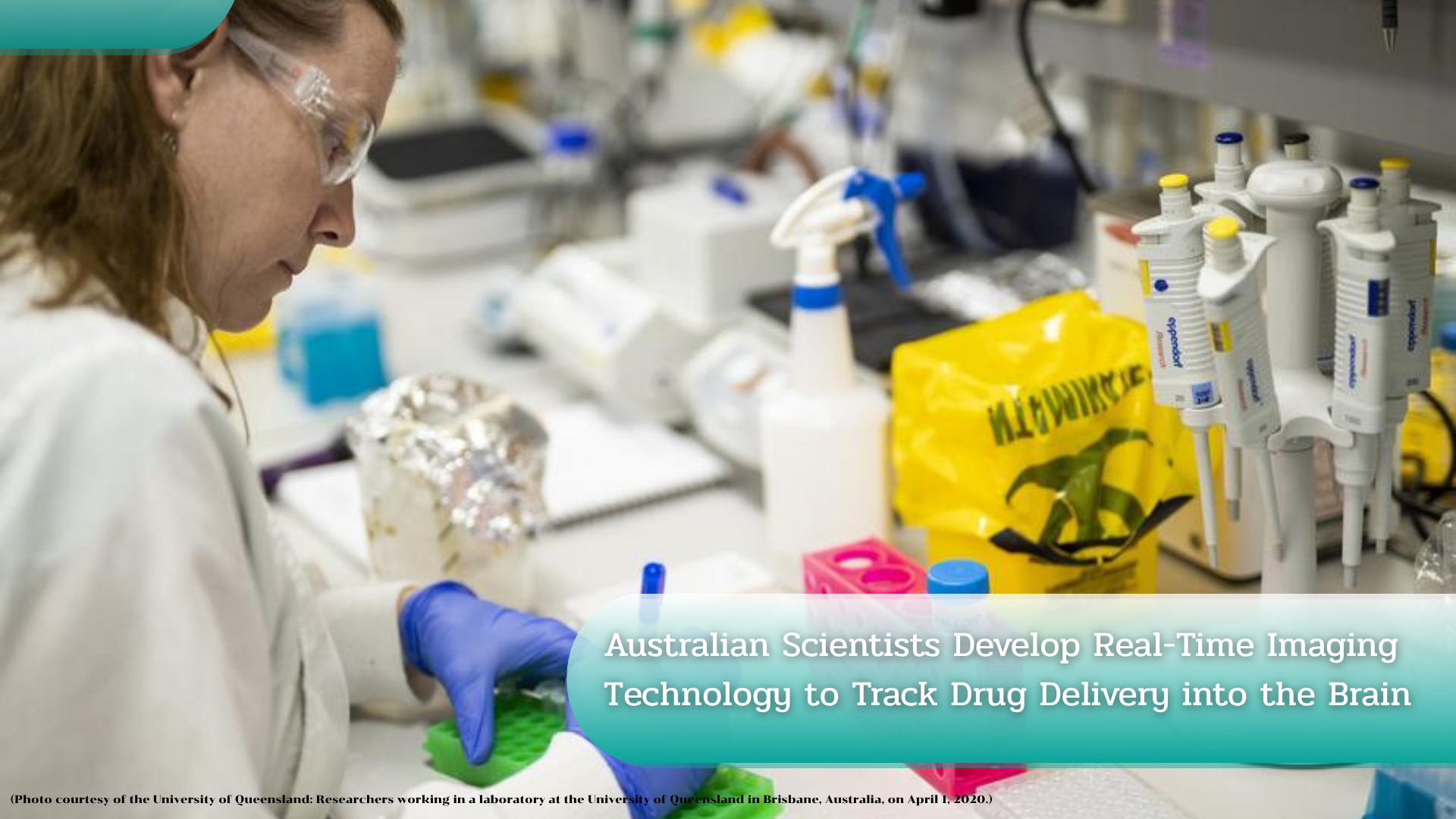
Australian Scientists Develop Real-Time Imaging Technology to Track Drug Delivery into the Brain
Sydney — A team of researchers from the University of Queensland, Australia, has developed an innovative device that combines ultrasound waves with advanced imaging technology to enhance the precision and safety of drug delivery into the brain. The researchers believe this breakthrough could transform treatment approaches for neurodegenerative diseases such as Alzheimer’s and Parkinson’s, where targeted drug delivery to specific brain regions remains a significant challenge.
Sydney — A team of researchers from the University of Queensland, Australia, has developed an innovative device that combines ultrasound waves with advanced imaging technology to enhance the precision and safety of drug delivery into the brain. The researchers believe this breakthrough could transform treatment approaches for neurodegenerative diseases such as Alzheimer’s and Parkinson’s, where targeted drug delivery to specific brain regions remains a significant challenge.
On Friday (July 11), the university announced that this new technology enables real-time imaging of brain cells after ultrasound exposure, allowing drugs to be delivered directly through the blood-brain barrier. It also enables scientists to monitor cellular changes post-treatment and observe how cells respond and recover.
The blood-brain barrier is a natural defense that prevents most drugs from entering the brain. However, the team’s approach uses a process known as sonoporation, in which ultrasound-activated microbubbles temporarily open tiny pores, allowing therapeutic agents to pass into brain tissue.
Dr. Pranesh Padmanabhan, lead author of the study from the university’s School of Biomedical Sciences and the Queensland Brain Institute, explained that the team aims to significantly increase the absorption rate of drugs into the brain. Currently, only about 1–2% of small-molecule drugs are able to cross the blood-brain barrier.
Published in the Journal of Controlled Release, the study outlines that the custom-developed system took over five years to design and build. It allows scientists to track cellular and molecular-level changes after ultrasound treatment, helping refine drug delivery methods for greater safety and efficacy.
Beyond neurology, the researchers noted that this sonoporation-based technology could potentially open up new treatment avenues in other medical fields, including cardiology and oncology.
Source:
Articles in this category are written by our editorial team to keep you informed about the latest healthcare and medical tourism news.

